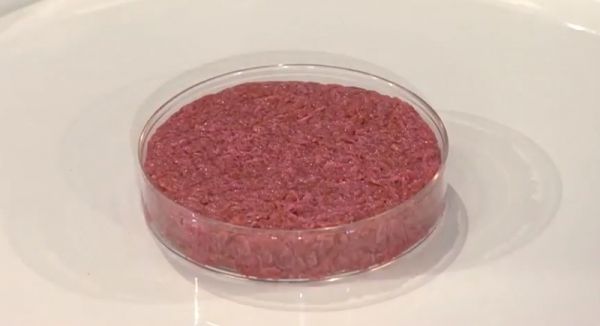A future in which your hamburger is grown from animal cells in a lab is rapidly approaching. The idea is that by culturing meat in a vat, you not only cut down on animal slaughter but greatly reduce emissions, on account of cattle taking a lot of energy to raise and butcher and ship. Not to mention their digestive systems pump a significant amount of the greenhouse gas methane into the atmosphere.
That’s the idea anyway. The problem is that there’s very little data to back up the assumption that in vitro or cultured meat, as it’s also known, will be better for the environment than traditional cattle. Scientists know the impact of that cattle—in the US, animal agriculture is responsible for around 4 percent of greenhouse gas emissions. But we hit a snag with quantifying the impact of wide-scale production of in vitro meat, because it, um, doesn’t exist yet.
But that’s not stopping scientists from modeling the potential emissions of an eventually mature lab-grown meat industry. Today in the journal Frontiers in Sustainable Food Systems, researchers explore an interesting wrinkle: Not all greenhouse gases are created equal.
Read more at Wired
Photo credit: World Economic Forum via Wikimedia Commons


